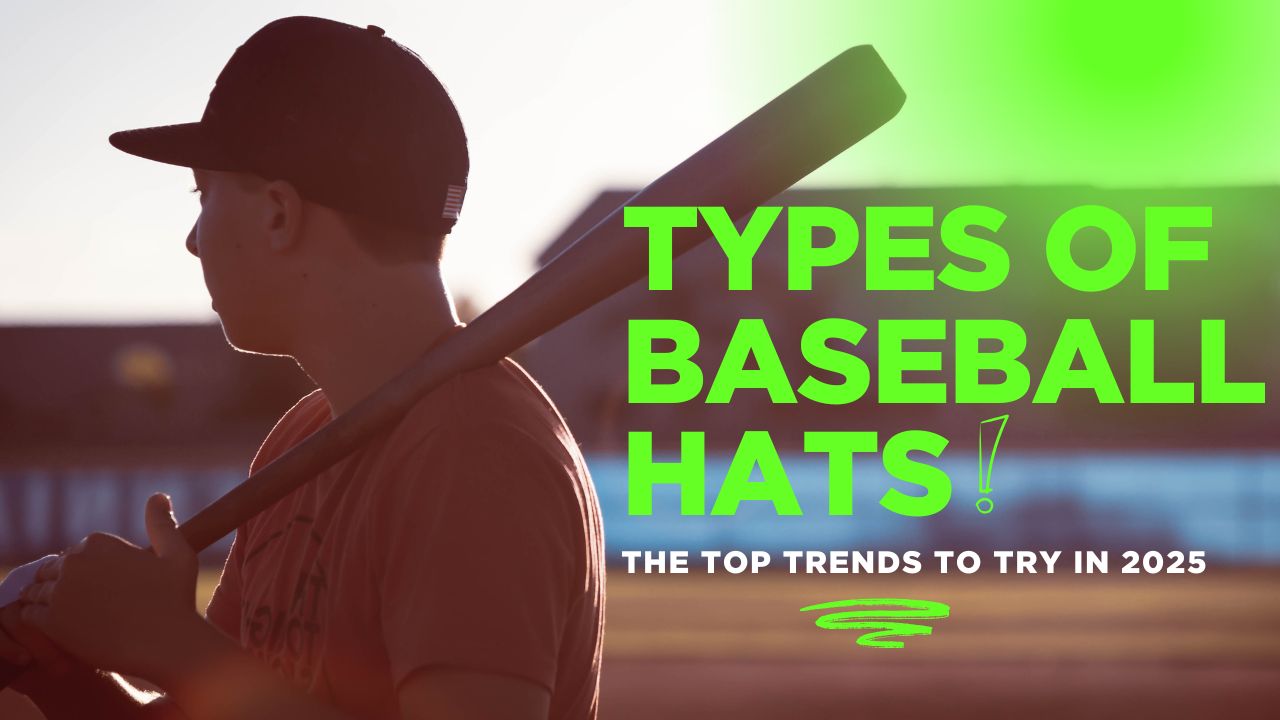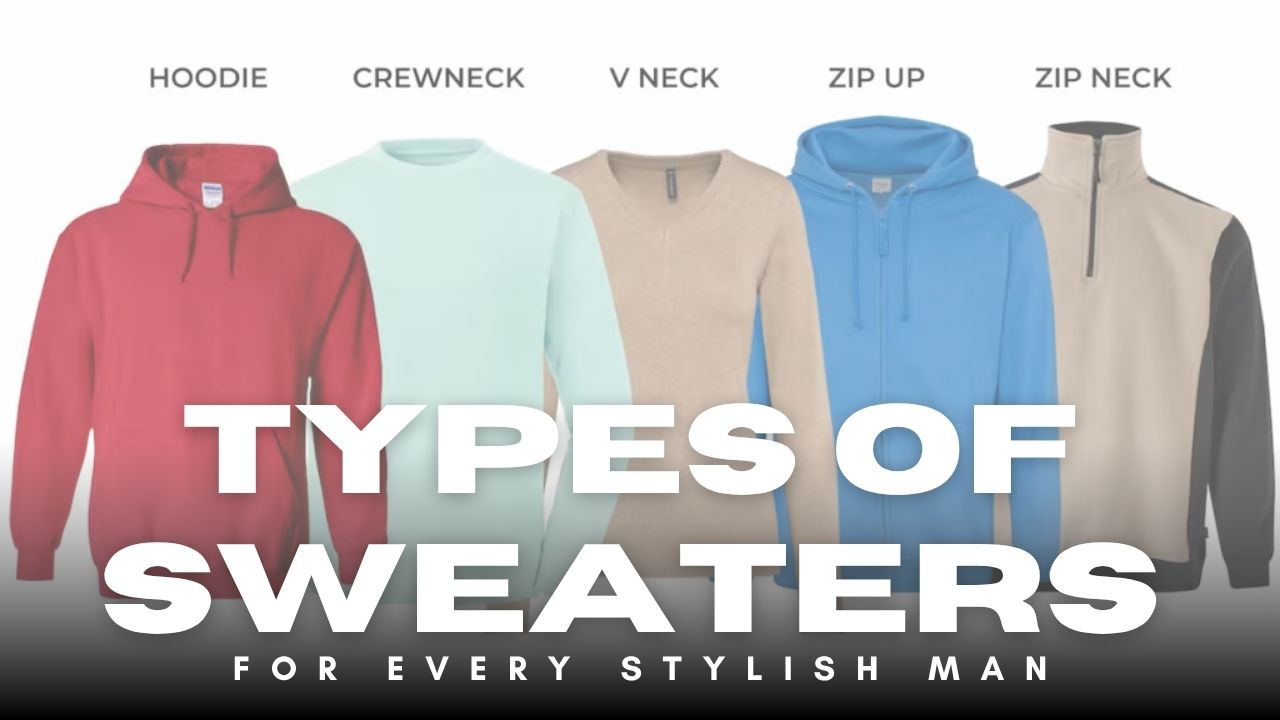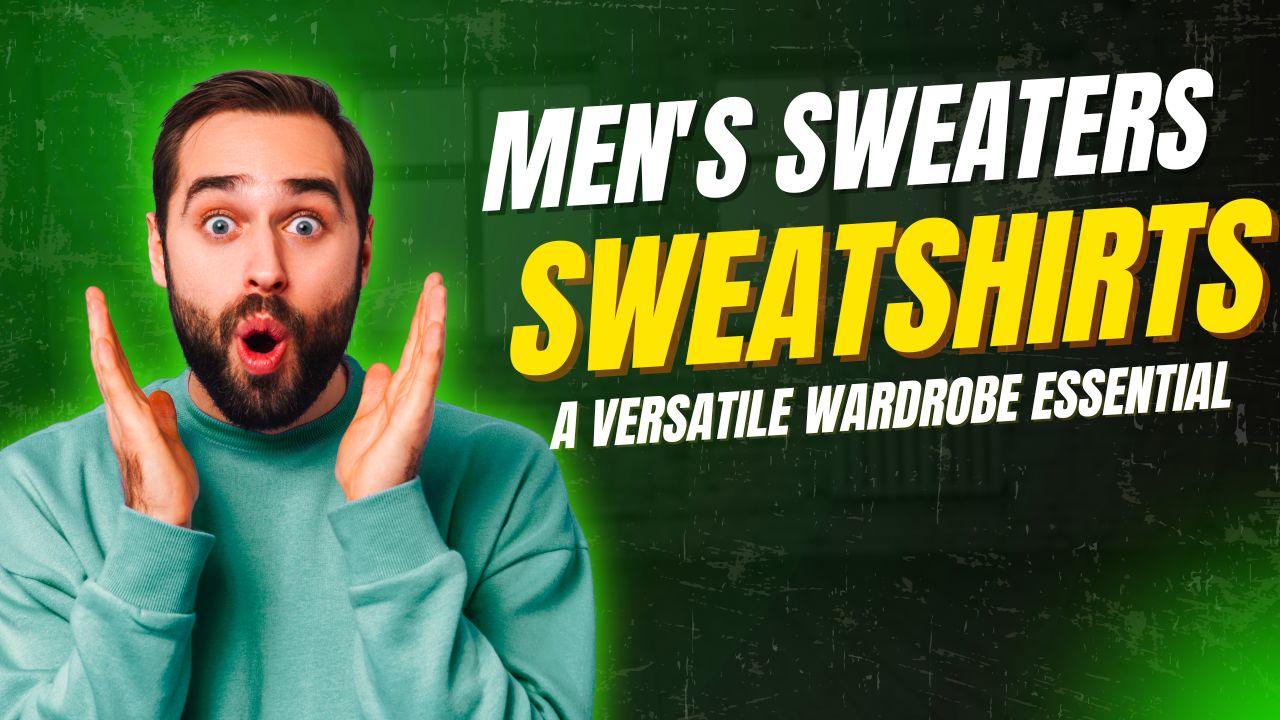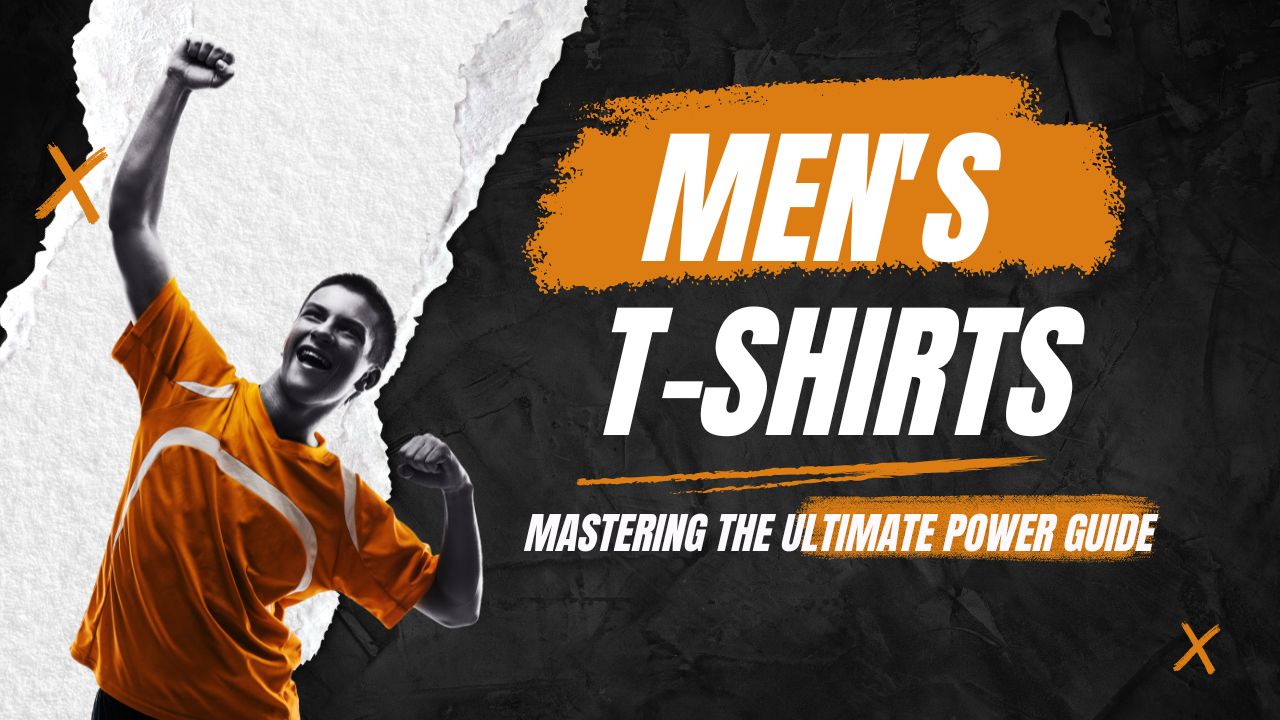Men’s Collared Dress Shirts: Classic, Casual & Business Picks
When it comes to style, men often overlook the power of well-fitted collared dress shirts. These wardrobe staples, with their stiff collars and long sleeves, add structure and sophistication to any outfit. Over the years, I’ve seen how the tiniest details—a clean placket, precise stitching, or the right cuff—can completely change the look. That’s why I always advise men to invest in quality, because the devil is truly in the details.
Whether you’re starting fresh or upgrading your selection, a sharp shirt is a must-have article for every modern man. From boardroom meetings to weddings, having a few go-to shirts makes dressing up effortless. If you’re looking for the perfect fit or want to try something new, take your time and read trusted guides like this one. You’ll thank yourself every time you walk out feeling confident.
Men’s Collared Dress Shirts: Classic, Casual & Business Picks
Dress Shirt Mistakes Most Men Make – Bullet Points
- Untucked shirts meant to be tucked make the outfit look sloppy and ruin a smart appearance.
- Choosing the wrong collar style like spread or point collars can clash with your face shape and tie.
- Wearing bold-colored, bright, or colorful shirts may be difficult to pair with your existing wardrobe.
- Rolling sleeves incorrectly leaves the forearm messy and unpolished.
- Skipping an undershirt can expose sweat patches, nipples, chest hair, or deodorant stains.
- Always wear a proper base layer (preferably dark or longer) to prevent these issues.
- Wearing cheap shirts or washing them improperly shortens their lifespan—invest in quality to make them last.
- Fit matters—shirts must be worn correctly to avoid looking unkempt.
Anatomy of a Dress Shirt – Bullet Points
- Collar types vary in dress shirts, like the semi-spread collar, designed to graze the neck without being constricting. A proper fit allows a finger to slide in—no choking or restricted head turning.
- The yoke is the panel across the back, often cut separately in Western-styled shirts for better movement and a more defined shape; a split yoke adds to quality.
- Poorly stitched shoulder seams using cheap thread result in shirts that shrink and fit poorly after being washed.
- A proper shoulder seam should sit on the shoulder, not above or down the slope, ensuring good fit in the bicep area and armhole.
- The sleeves must be well attached to the body for comfortable motion—neither too tight under the armpit nor too loose with excess fabric.
- Ideal sleeve length ensures no billow or bunching and allows free movement at the wrist when you bend your arm.
- The cuff should not be too small, and short sleeves can ruin the look; French cuffs and Barrel cuffs suit different occasions, from formal to casual.
- A placket (button stand) is the seam where fabric extends to hold buttonholes; concealed plackets hide buttons for a sleek look.
- Darts in the back create a slimmer, form-hugging fit, ideal for skinnier men or those with an athletic physique.
- Buttons matter—cheaper shirts use thin plastic, while premium ones use mother-of-pearl, improving both appearance and feel.
- Sleeve placket, torso placket, contrasting stitching, and cuff types (one-button, two-button, three-button) add to style and functionality.
- Hem shape affects style—shorter, flatter hems are for casual shirts like Oxfords, while scooped hems with longer tails help shirts stay tucked for formal occasions like wearing with suits or sports coats.
Different Types of Dress Shirts
Oxford Button-Down Shirt
There are many different types of dress shirts that work well with a variety of outfits and occasions. A timeless pick is the Oxford Button-Down Shirt, known for its button-down-style collar that keeps the collars from flopping or hiding under a jacket’s collar. Made from a specific weave of fabric called Oxford cloth, it uses a basketweave structure that gives a slightly lustrous aspect while staying breathable and structured.
This popular fabric suits nearly every body type and shifts seamlessly between casual and professional settings. Pair it with suits when meeting clients, or go for a relaxed look with sleeves rolled up, a Harrington Jacket, or a light sweater.
Semi-Spread Collar Dress Shirt
If you’re after a more formal and polished look, the Semi-Spread Collar Dress Shirt is a smart choice. The collar opens slightly wider than a classic point, making room for a tie and working perfectly with a notch lapel blazer. This style adds elegance while still offering flexibility in styling—whether you’re going for a sharp business appearance or dialing it down for a semi-formal dinner.
And these are the ones that you need to AVOID
Point Collar Dress Shirt
You should avoid the Point Collar Dress Shirt, which is one of the most common styles in stores but doesn’t flatter every face shape. This point collar tends to look awkward on men with round faces or certain body types, making it a hassle and often a poor choice for clients who want a balanced look. Many dislike how it looks without a tie, and it’s easy to see why when you start noticing the fit issues in daily wear.
Spread Collar Dress Shirt
The Spread Collar Dress Shirt, or full-spread collar, is stylish in the right situation but should be chosen with care. It’s best for men with wider or broad-shouldered frames, as it leaves enough space for a full Windsor knot to fill space between the points. However, on thinner guys, this look can be overwhelming and even considered style suicide. It’s a choice that works well in specific contexts, not as an everyday option.
Colors
The Oxford, button-down, and semi-spread collar shirts in classic shades like white and light blue act as a blank canvas for any look. These colors pair well with a gray suit and allow your personality to shine through with accessories like ties and pocket squares. Choosing the right color and pattern helps create a timeless, sharp outfit that fits every occasion perfectly.
Fabrics Used in Dress Shirts
The Oxford Shirt uses Oxford cloth, a basketweave fabric known for its structure, lustrous look, and being soft, comfortable, and durable. It’s also less prone to wrinkling compared to typical dress shirts. For Semi-Spread Collar Shirts, cotton and cotton blends are the preferred fabric choices, offering many options that look great and feel comfortable. Some blends include a small percentage of lycra (usually 3-5%) for stretch, but too much can make the shirt look off.
How To Fix Long Shirt Sleeves In A Pinch
- When rushing to get dressed for an important event, even if your shined shoes, ironed dress shirt, and well-fitted pants are perfect, the shirt sleeve may peek awkwardly underneath your suit jacket.
- This can create a sloppy appearance, especially if your jacket sleeves short or if your sleeves feel excessively long.
- A simple, effective quick fix is to remove jacket first.
- Then, place rubberband around the forearm middle, where there is the most meat on your arm.
- Wrap large rubberbands to tug sleeves up so the cuff touches your hand when you bend your wrist.
- This adjustment results in the appropriate sleeve length and proper cuff spacing, enhancing your overall polished look.
- Repeat the process on the other arm and adjust both sleeves as needed.
- Once done, you’re ready to throw on your jacket for a neat, tailored appearance.
- This trick keeps sleeves neat and in place without restricting circulation.
- The rubberbands hold all night, preventing cuffs from sliding down and ruining your style.
- When your tie, belt buckle, and button align perfectly, the sleeves will peek half inch from under the jacket, creating a classic and tailored look.
- After the event, remove rubberbands carefully to avoid any marks or discomfort on your forearms.
- A quick once-over in the mirror before you step out helps you catch any imperfections and avoid odd stares, ensuring you maintain a polished style from head to toe.
How a Dress Shirt Should Fit: Essential Tips for the Perfect Look
A well-fitting dress shirt starts with the collar, which should lightly hug your neck without constricting it when buttoned. You should be able to fit one finger comfortably between your neck and the collar to avoid tightness. The shoulder seam must align exactly with your shoulder’s edge, following its natural sloping without pulling or sagging. Your arms need freedom in the armholes for comfortable motion without the fabric digging into your armpit or feeling overly loose. The chest should be snug but not so tight that it pulls at the button or restricts breathing.
The sleeves should fit well—not too tight or too loose, avoiding any billow or bunch of fabric. At the wrist, the cuff should allow you to bend your wrist easily and peek about 2-3 inches (5-7.5 cm) underneath the jacket sleeve, giving the perfect amount of exposure. The shirt’s length is crucial: it should reach from the belly button down to the mid-crotch area, covering the button of pants and the top of legs so it stays tucked in during movement. Avoid excess fabric flap or a shirt that is too big or too long, which causes bunching. If it’s right, the shirt will stay neatly tucked, with your belt visible and no need for a pinch to adjust the fabric throughout the day.
Oxford Button-Down Dress Shirt Outfit Ideas
For a casual look, try a blue Oxford button-down dress shirt paired with gray shorts and white low-top sneakers—perfect for warmer weather or heat. It’s a smarter alternative to a basic crewneck t-shirt. You can swap the gray shorts for tan or navy, and pair with matching sneakers for easy style.
For an elevated casual vibe, a white Oxford dress shirt with tan chinos and black loafers looks sharp. If you want to dress it up a bit more, swap the loafers for brown Oxford dress shoes or wear it with navy chinos or charcoal wool trousers for a refined touch.
When going business casual, combine a charcoal sports coat with a white Oxford button-down dress shirt, dark-wash jeans, and brown dress shoes. This outfit is one of the best looks because it’s easy to put together and fits like a dream. Add an extra layer like a black v-neck sweater over the dress shirt for warmth and a polished, layered style.
Semi-Spread Collar Dress Shirt Outfit Ideas
For an elevated casual look, pair a white dress shirt with tan chinos and brown dress shoes. This combo is crisp, simple, and smart. You can swap the shoes for Oxford shoes, low-top sneakers, or boots to dress it down or change up your style. Try mixing chinos, dark wash jeans, or wool trousers to keep it dressier or more relaxed.
For business casual, wear a navy sports coat with a blue dress shirt, navy tie, and gray wool trousers. Adding white low-top sneakers creates a modern twist on traditional looks. The dress shirt acts as a perfect foundation for stylish business-casual outfits. Wearing a tie and jacket like a sports coat, trucker, or bomber jacket, paired with clean sneakers and well-tucked laces, gives you an elevated, polished look.
RELEVANT:Men’s Wool Trousers – The Ultimate Guide
RELEVANT:Men’s Spring & Summer Minimalist Capsule Wardrobe – The Ultimate Guide











